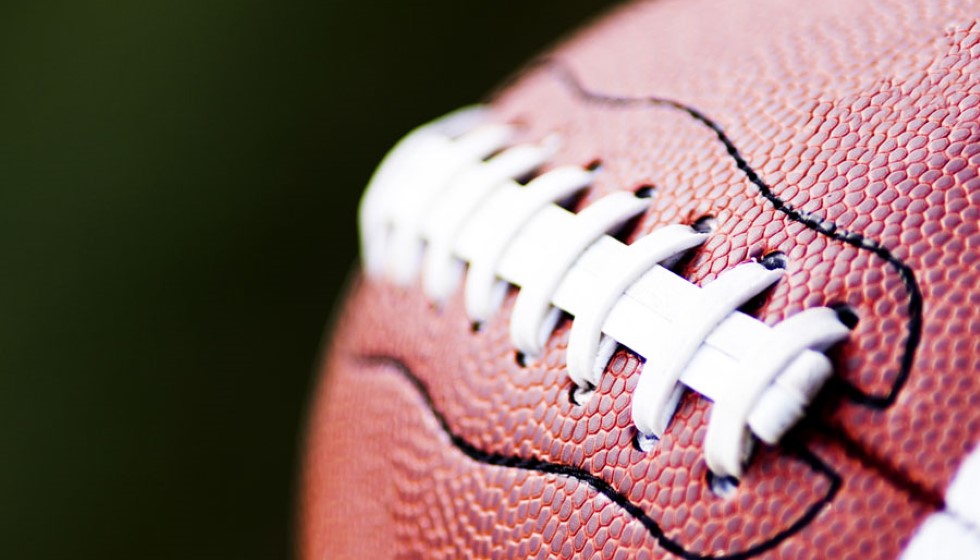
As the NFL navigates through the early stages of its season, a new rule banning the hip-drop tackle is already facing significant scrutiny. Officially implemented this year, the rule aims to enhance player safety by penalizing a tackle method known to cause severe leg injuries.
Initial Struggles with Enforcement
The enforcement of this rule has been inconsistent, revealing challenges for the NFL's officiating body. Through the first 31 games of the current season, multiple instances of the banned tackle have been identified. However, penalties have been remarkably scarce, leaving many wondering about the rule's effectiveness and the commitment to player safety.
This inconsistency was glaringly evident in Week 1 when Bears linebacker T.J. Edwards escaped penalty for executing a hip-drop tackle. Although Edwards might still face a league-imposed fine, the missed call was a concerning oversight.
Significant Player Impact
Houston Texans running back Joe Mixon fell victim to the hip-drop tackle's hazards. An incident during Sunday's game saw Mixon leave the field with an ankle injury, bringing immediate attention to the problematic tackle style. Texans head coach DeMeco Ryans noted, "Joe got rolled up. The guy's weight definitely came down on his ankle. Didn't look good from my view." Although Mixon returned in the fourth quarter, an MRI will determine the full extent of his injury.
Ryans expanded on the situation, saying, "We'll evaluate Joe throughout the week. Hopefully he's okay. Have to see the film and see if it was really a hip-drop tackle." His remarks underscore the uncertainty and difficulty in making real-time decisions regarding these penalties.
Understanding the Hip-Drop Tackle
The NFL's description of the hip-drop tackle details a foul wherein a player grabs the runner with both hands or wraps the runner with both arms, unweights himself by swiveling and dropping his hips and/or lower body, and lands on the runner's legs at or below the knee. This mechanism can cause significant leg injuries that sideline players for extended periods. The rule places a 15-yard penalty and an automatic first down on the defense if called.
Implications for the Game
With such a clear definition and the potential for severe injury, the urgency to enforce this rule effectively is high. Yet, the NFL’s officiating body has shown lapses, compromising both the integrity of the game and player safety. Joe Mixon took to Twitter to express his frustration, stating, "The NFL and NFLPA made it a rule and an emphasis for a reason. Time to put your money where your mouth is." His words resonate with the sentiment that if rules are set for safety, they must be rigorously upheld.
Future Considerations
With the season still in its infancy, the league's ability to adapt and consistently penalize the hip-drop tackle remains to be seen. Failing to enforce this could render the rule ineffective, putting players at continued risk. For officials, the stakes are high—they need to uphold all mandated safety measures throughout each game diligently. Any oversights not only compromise player safety but also undermine the rule's intention.
As fans and players alike watch how this new rule plays out, the NFL’s officiating body faces the challenge of aligning enforcement with the league’s commitment to enhanced player safety. The coming weeks will be critical in determining whether the hip-drop tackle rule will stand as a meaningful guardrail against injury or a well-intentioned but poorly executed regulation.